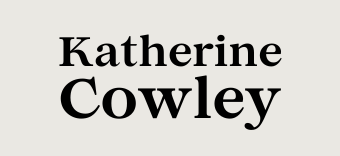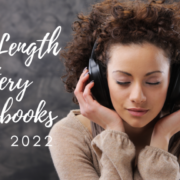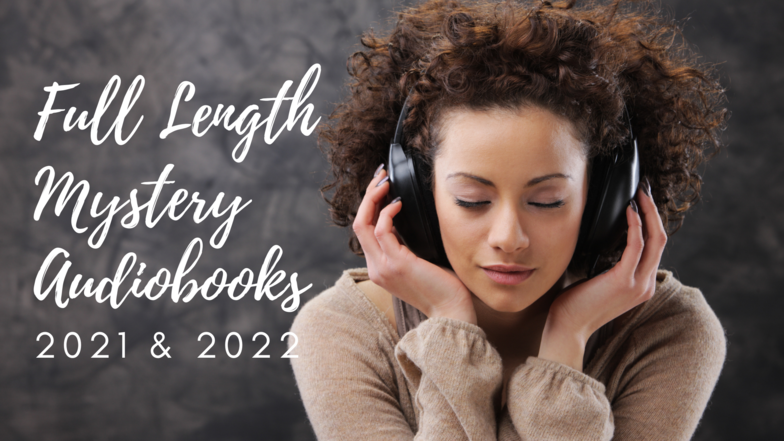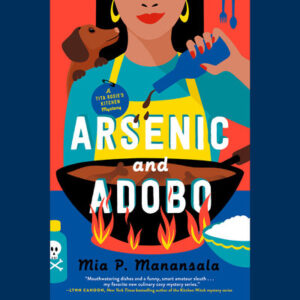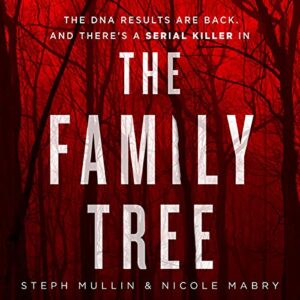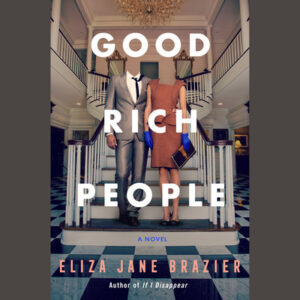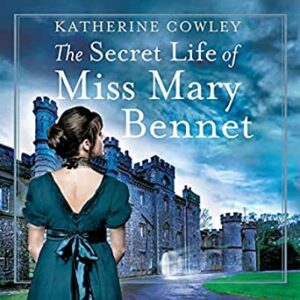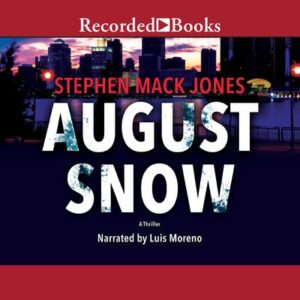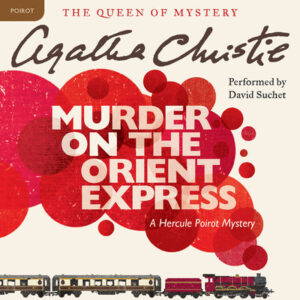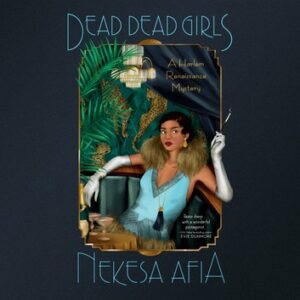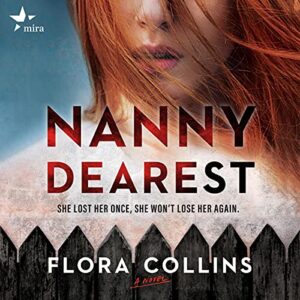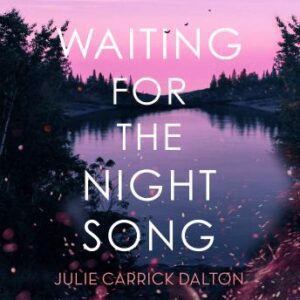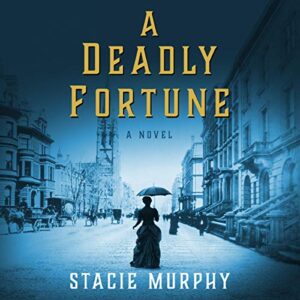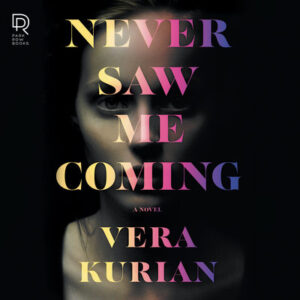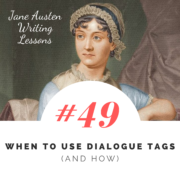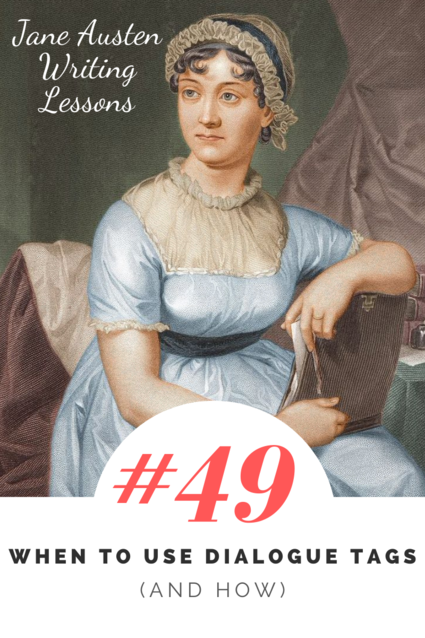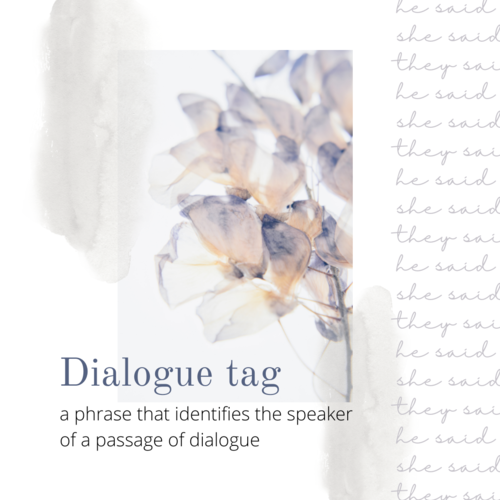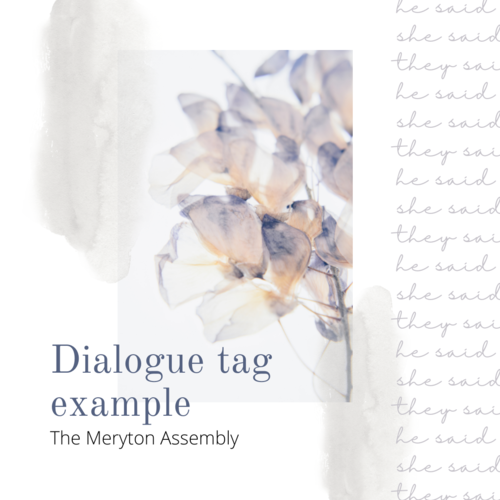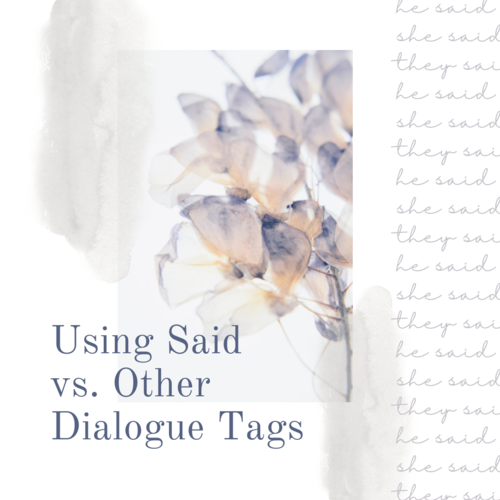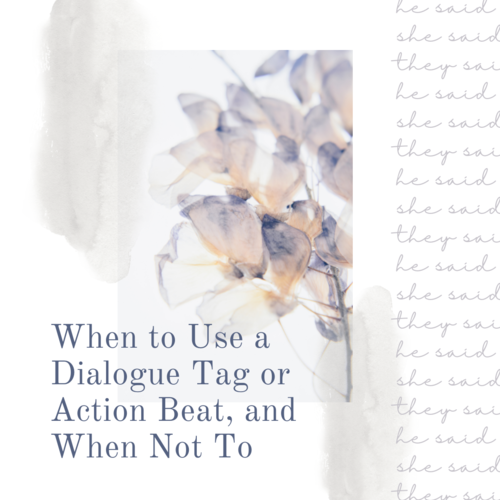10 Full Length Mystery Audiobooks: 2021 & 2022
I’ve compiled 10 incredible full length mystery audiobooks from 2021 and 2022. Each audiobook is unabridged, and most are at least nine hours long, providing an immersive experience with twists and turns and suspense.
Where to listen to mystery audiobooks
- Audible (with a subscription)
- Libro.fm (typically has the best price to purchase individual audiobooks without a subscription. You can also gift audiobooks or get a subscription)
- Hoopla (an app available through many libraries. I wrote another post about mystery books on Hoopla.)
- Libby (an app available through many libraries)
- Buy physical CDs (through Amazon, Barnes & Noble, indie bookstores, or the audiobook publishers themselves)
Full Length Mystery Audiobooks (2021 & 2022)
These recommendations are for 10 audiobooks (full length–mystery) that you can listen to in 2021 and 2022. It includes indie books, hot new mysteries and thrillers, and classic mystery novels.
Arsenic and Adobo by Mia P. Manansala
Cozy mysteries involving food and murder always whet my appetite. This debut novel by Manansala had me craving Filipino food and trying to guess the identity of the murderer until the very last chapter.
The audiobook is also available on the Libby library app (search within app)
The Family Tree by Steph Mullin and Nicole Mabry
This is a fast-paced thriller involving a woman who discovers, via DNA test, that she’s adopted…and according to the FBI, one of her new family members is a wanted killer.
Good Rich People by Eliza Jane Brazier
Good Rich People is an “eat the rich” thriller in which a woman will do anything to survive–including stealing someone’s life and pretending to be rich. This is a fast-paced, intense, masterfully written thriller that was released in January 2022.
The Secret Life of Miss Mary Bennet
Mary Bennet, the overlooked middle sister from Pride and Prejudice, has her secrets…like the fact that she is investigating a murder and spying on her mysterious hosts at Castle Durrington.
(Full disclaimer–I wrote this book, but I have to give a plug for it because it’s narrated by one of the best narrators in the business, Alison Larkin.)
August Snow by Stephen Mack Jones
This is the first book of a compelling mystery series featuring August Snow, a half-Mexican, half-black ex-cop in Detroit who finds himself drawn into cleaning up the city. It’s gritty, has a protagonist whose not afraid of violence, and is a great contribution to the hardboiled detective genre.
The audiobook is also available on the Libby library app (search within app)
Murder on the Orient Express by Agatha Christie
This novel is one of the classics for the mystery genre. Agatha Christie’s mysteries tend to run on the shorter side, but at almost seven hours, this audiobook is full length and unabridged.
The audiobook is also available on the Libby library app (search within app)
Dead Dead Girls by Nekesa Afia
A Harlem Renaissance mystery, with jazz clubs, dancing, and, of course, murder. This book is an incredible debut novel, and the first in a series.
The audiobook is also available on the Libby library app (search within app)
Nanny Dearest by Flora Collins
This is a book where the present collides with the past, and secrets can’t help but be revealed–an adult woman reconnects with her childhood nanny in this suspenseful, multiple timeline thriller.
Waiting for the Night Song by Julie Carrick Dalton
This is a book about childhood trauma, dark secrets unearthed, and has a great underlying environmental themes.
The audiobook is also available on the Libby library app (search within app)
A Deadly Fortune by Stacie Murphy
A compelling, Gilded Age mystery set in New York City with a taste of the supernatural. The main character is placed in an insane asylum because she can summon spirits. Her ability which got her locked up may also be able to save her, and solve a mystery.
Never Saw Me Coming by Vera Kurian
A college-age thriller about a group of psychopaths who are being studied…and then one of them gets killed. Is the main character the hunter, or is she the prey?
The audiobook is also available on the Libby library app (search within app)
Do you have other favorite full length mystery audiobooks that aren’t on this list? If you do, please share in the comments–I’m always on the lookout for my next good listen.
